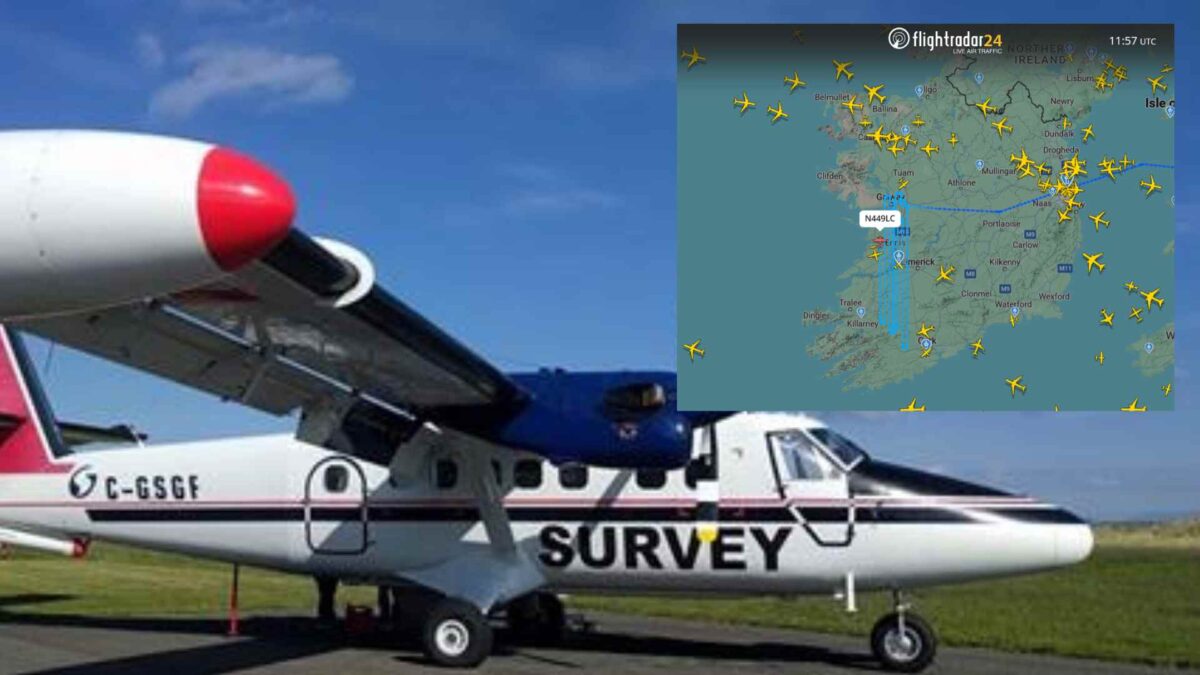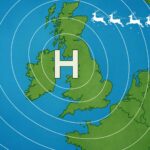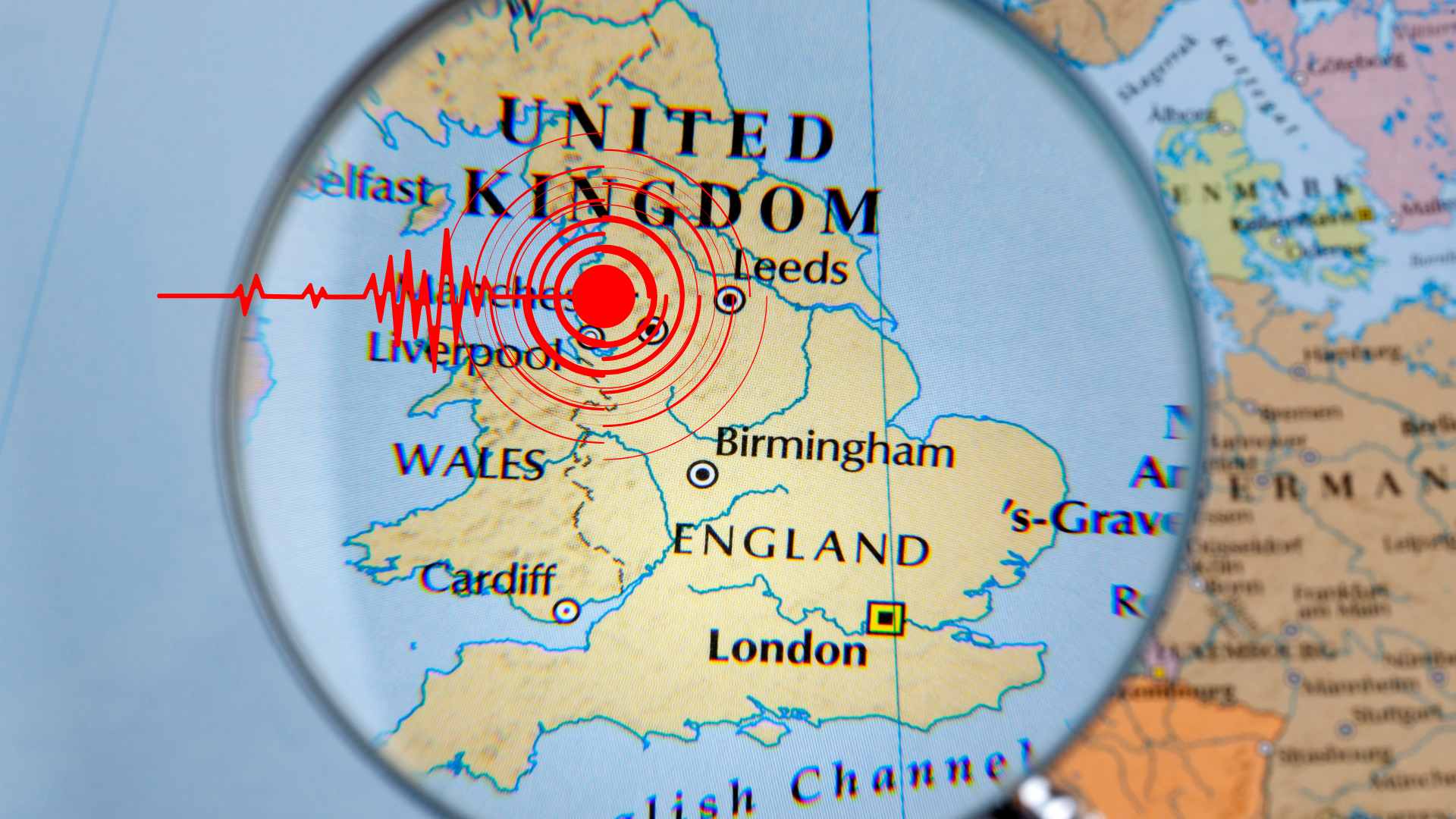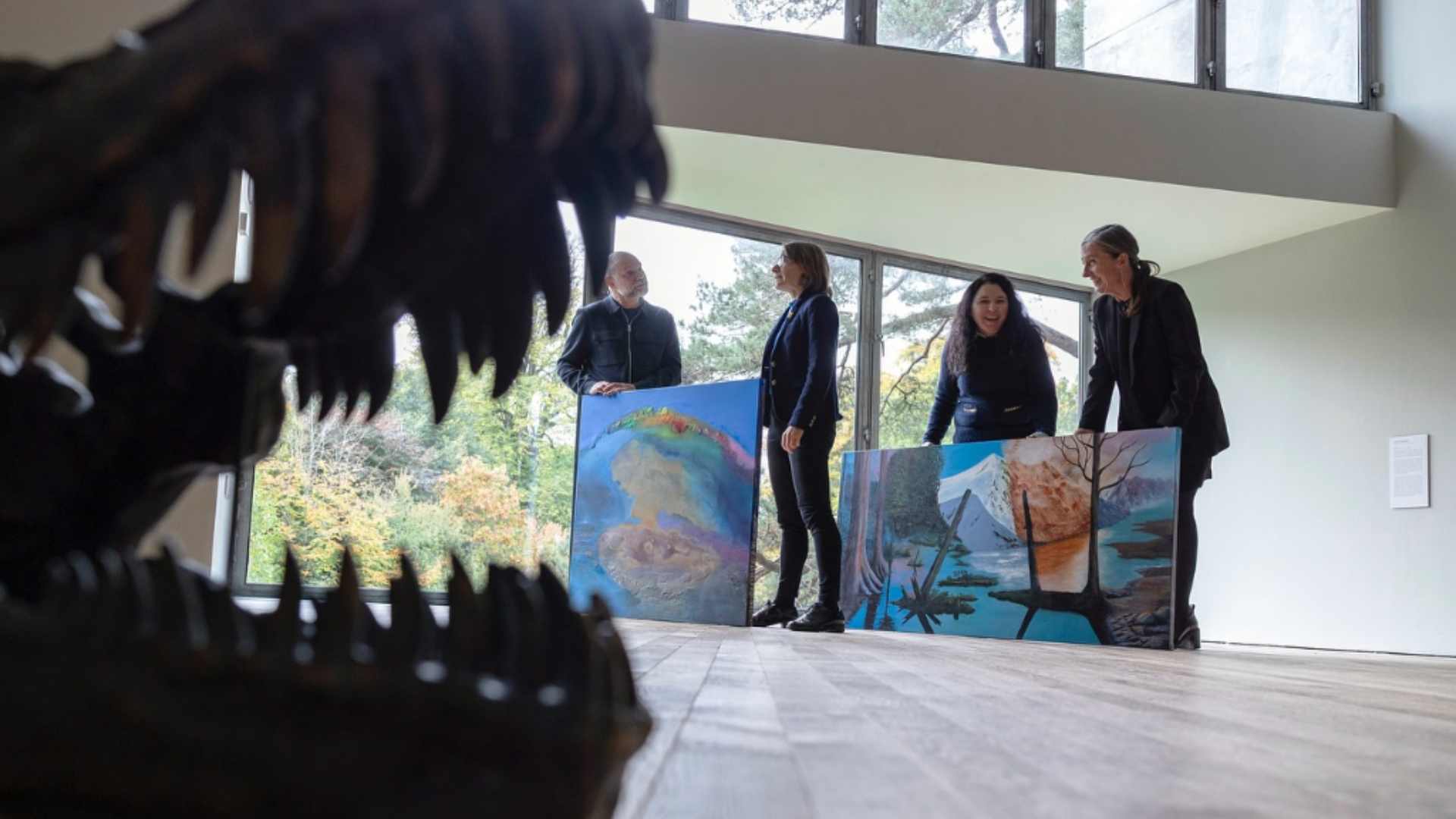
Tellus survey takes to the western skies

Residents of Clare and Kerry awoke to the sound low-flying twin propeller planes on Sunday morning, marking the start of the Tellus survey in the counties.
The Irish government says Ireland is on course to becoming one of the best geophysical mapped countries in the world.
Starting back in 2011 in the border region, the Tellus survey is undertaking the final phases of a national airborne survey over counties Kerry and Clare this spring and summer.
The geophysical instruments on board the low-flying aircraft include a magnetometer which measures the variations in the Earth’s magnetic field, and a gamma ray detector which measures the natural radioactivity of shallow soil and rocks.
Tellus, a national mapping programme managed by Geological Survey Ireland (GSI), is collecting geochemical and geophysical data on rocks, soil, and water across Ireland.
To gather this data, scientific equipment is fitted to a plane which flies in a grid pattern.
The survey planes are predominantly based at Shannon airport under permit as approved by the Irish Aviation Authority.


According to Minister Darragh O’Brien commented, “The airborne data is being used to improve our geological maps and search for critical raw materials. By making all the data freely available, we can assist companies, state agencies as well as researchers in better understand the subsurface, in particular studies into radon gas, environmental pollution, agricultural productivity, and the extent of peatlands.”
The Tellus survey aims to have 100% of Ireland mapped by the end of 2025.
Data collected throughout the Tellus project is published and made freely available to all on the Geological Survey Ireland website.









